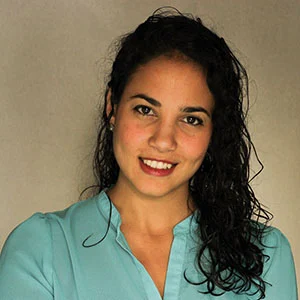
Photo by Ruslan Zh on Unsplash
Ex-Google Researcher Explains How His New AI Startup Can Generate Digital Scents
Alex Wiltschko, former Google researcher and current CEO and co-founder of the startup Osmo, has recently revealed how his company is using AI to digitize scent in an interview with CNBC Make It.
“It’s been my passion to try to understand smell. It’s this very powerful emotional sense, yet we know so little about it,” said Wiltschko to the journal. The scientist earned a bachelor’s degree in neuroscience from the University of Michigan. Before working for Google, Wiltschko studied olfactory neuroscience at Harvard University and earned his Ph.D. in 2016.
At Google Research, he dedicated 5 years to leading a machine-learning team focused on understanding and predicting smells based on molecule structures. He launched Osmo in January 2023, with a mission to “improve human health and happiness” with scent digitalization.
“Vision and hearing have been digitized, but not smell — our oldest and deepest sense,” states the startup’s home page. “Osmo brings together frontier AI and olfactory science to solve this historic challenge.”
When asked why computers should be given the ability to smell, Wiltschko explained that if computers learn to interpret smell data, they can detect diseases in the future, as smell is a very important sense in medicine.
To teach computers to “smell,” Wiltschko and his team created a “principal odor map” while working at Google, processing 5,000 aroma molecules and creating categories like minty, floral, or fruity.
It was not an easy task as these molecules are very complex and sensitive. “You can move one tiny thing around in that molecule, like one bond, and the scent of the molecule goes from roses to rotten egg,” he explained. With the help of AI, the model could process patterns and accurately predict the smell of other molecules.
Unlike other current AI projects, relevant scent data is not easily available to train the models Osmo uses. “We actually spent about a year working with companies in the fragrance industry that had what they thought were great datasets, which we found were not,” said Wiltschko.
Now Osmo wants to continue digitizing scents and recreate them in different locations to prove that the AI model can truly work. “We will eventually be able to detect disease with scent and we’re on our way to building that technology,” he said.

 Previous Story
Previous Story

 Latest articles
Latest articles 

Leave a Comment
Cancel